
It will soon be exactly one year since I attended the unveiling of the second generation Lexus NX. It was clear at first glance that this was going to be a revolutionary model for the brand. On the outside, the second generation is a nice continuation of the previous one, although it is almost 100% a different car. The massive bonnet and sharper curves catch the eye at first glance. The test car is equipped with Quad-LED headlamps in the Luxury Top trim with excellent ambient shading and cornering lights. The LED lights connected by a light line across the fifth door at the rear of the car also draw a lot of attention. Especially at night, they are a very striking sight.
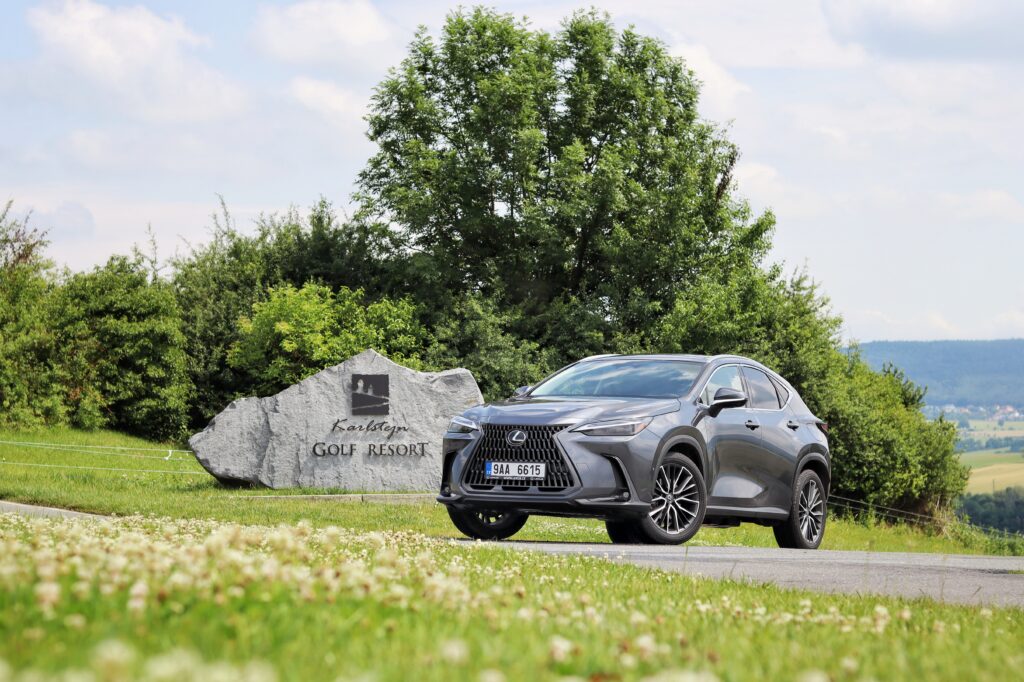
The NX has grown in length and width by 2 cm, and in height by 5 mm. The front (+30 mm) and rear (+59 mm) wheelbase has also increased, which is to the benefit of the new NX’s perfect stability. Speaking of the chassis, the NX gets a new TNGA-K platform, which it shares with the Toyota RAV4. The new chassis is perfectly balanced. During quiet driving, it is classically, as we have become accustomed to with the brand, supremely comfortable, and it doesn’t disappoint even during “sharper” driving, when the car doesn’t “SUV-ish” and is beautifully legible.

It was inside the car that the aforementioned revolution took place. This is a completely new concept of Lexus interiors (the so-called Tazuna cockpit), which will be followed by other models. And what is this “revolution”? For me, it’s the perfect balance of some environmental pressure with interior digitisation and clear functionality. Inside, the 14-inch touchscreen infotainment system dominates, which is very intuitive and quick. The always-discussed climate control is located at the bottom of the display in the NX, albeit digital, but very precise with nice controls. Setting a certain temperature has remained classically mechanical with rotary dials. I was also pleasantly surprised by the automatic setting for seat and steering wheel heating when entering the vehicle, which then gradually decreases depending on the temperature. Another great novelty is the excellent head-up display, which is operated specifically via buttons on the steering wheel. In practice, it looks like we don’t see the classic function icons on the steering wheel, but they are displayed only when we touch them on the head-up display, then confirm them by pressing them on the steering wheel. A lot of things can also be controlled via the voice assistant by saying “Hey Lexus”. The system also understands English perfectly, and you can set any address to activate the voice assistant, which brings out a lot of creativity. As far as the quality of the interior is concerned, there is nothing to complain about. Lexus has once again used the most luxurious and comfortable materials. In the car one feels really maximum comfort. Besides being heated, the seats are also cooled, which comes in handy especially during tropical days. Rear-seat passengers are not deprived either, as they can also switch on the heating. In the tested trim, the car has a panoramic roof, which adds a charming touch to the driving experience.

In the 350h version, the NX is powered by a 2487cc atmospheric four-cylinder petrol engine, which is supplemented by an electric motor. The petrol engine has an output of 139 kW at 5700 min-1 and 239 Nm between 4300 and 4500 min-1. The front electric motor delivers 134 kW and 270 Nm of torque. Finally, the rear electric motor delivers 40 kW and 121 Nm. These motors produce a maximum combined output of 179 kW. The electric motors are powered by a lithium-ion battery. That was a lot of numbers and data, now let’s break down what it looks like in practice. This is a hybrid drive system that recharges the batteries itself. During a leisurely drive on the straight, you’re running purely on electricity, the petrol engine kicks in as soon as the unit assesses the need for more power. Thanks to perfect cabin soundproofing, you won’t even notice. Let’s say there’s a hill down the straight and then up again. As the car goes down the hill, it “recuperates”, or recharges the batteries by gliding/accelerating. This will give it energy for the power that follows. On the way up the hill, the car is then powered by both the petrol engine and the electric motor. This reduces fuel consumption quite a bit. At the end of the journey, the on-board computer will always show you what percentage of the journey you have done purely on electricity. I’ve never had less than 55%. Consumption then hovers around 4.5 – 6.5l per 100km during normal driving.

For me, the new Lexus NX is a very good car that points the whole brand in the right direction. I quickly got used to it, so saying goodbye to it after a week of testing was really hard. I have to say that the competition is not having an easy time with this car at all, both in terms of visuals and comfort, and in terms of engine. Prices of the new NX350h start at 1,340,000 CZK (NX 350h 2WD, Comfort). You’ll have to pay a little extra for the equipment of the version tested, starting at CZK 1,910,000 (NX 350h 4×4 E-Four, Luxury Top). If you add a really nice metallic paint and a panoramic roof, you get a price tag of CZK 1,990,000 (NX 350h 4×4 E-Four, Luxury Top Panorama). Either way, after trying out the new NX, you’ll find this amount perfectly adequate for what you get for it.

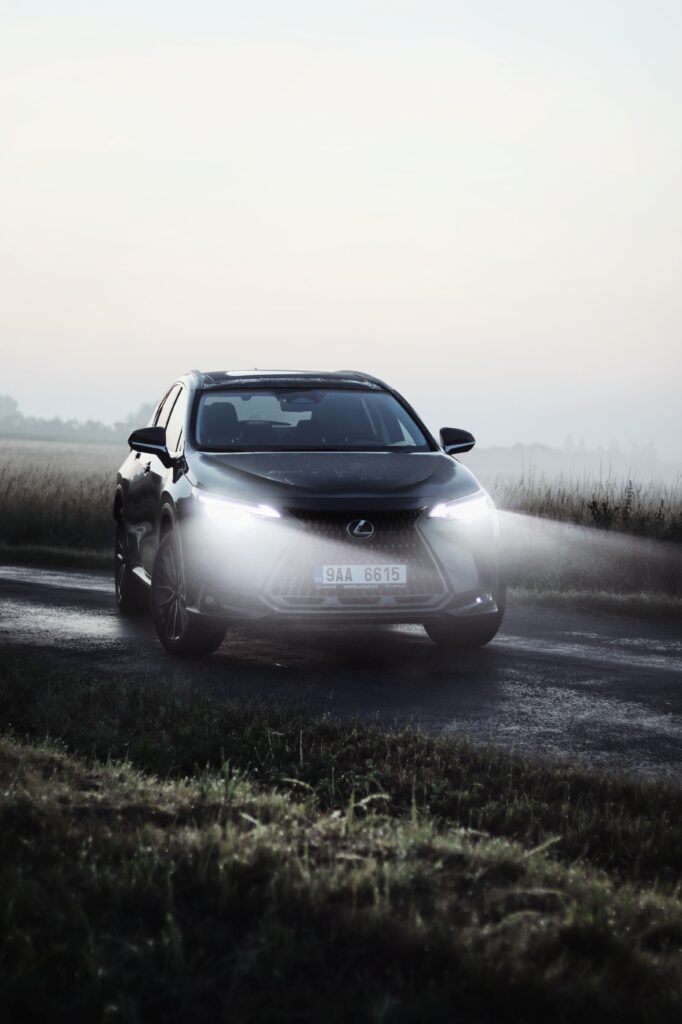




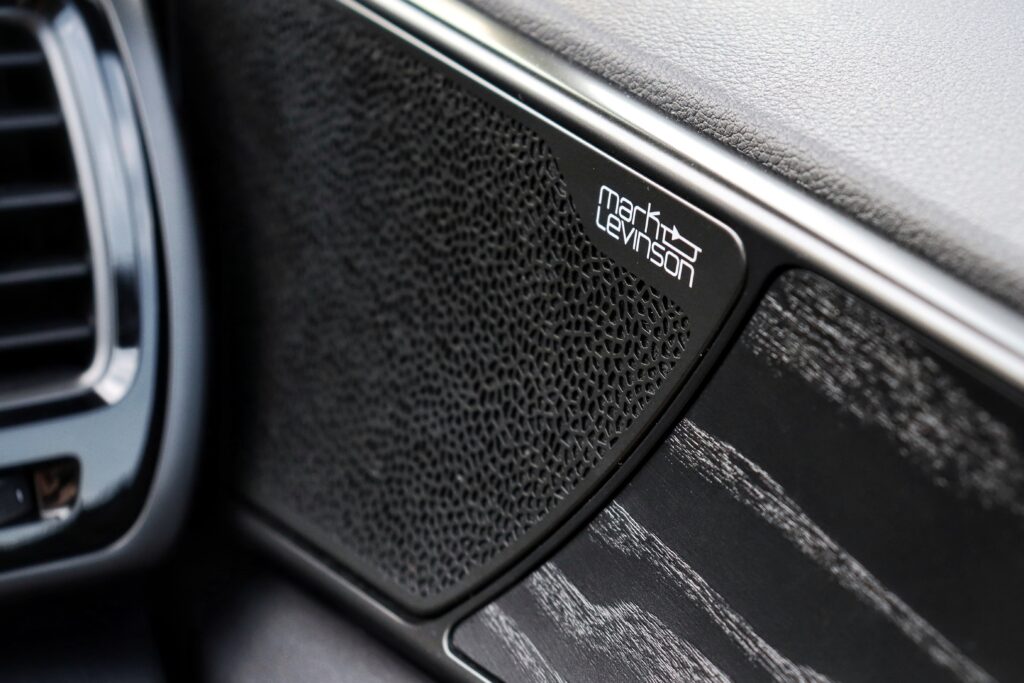
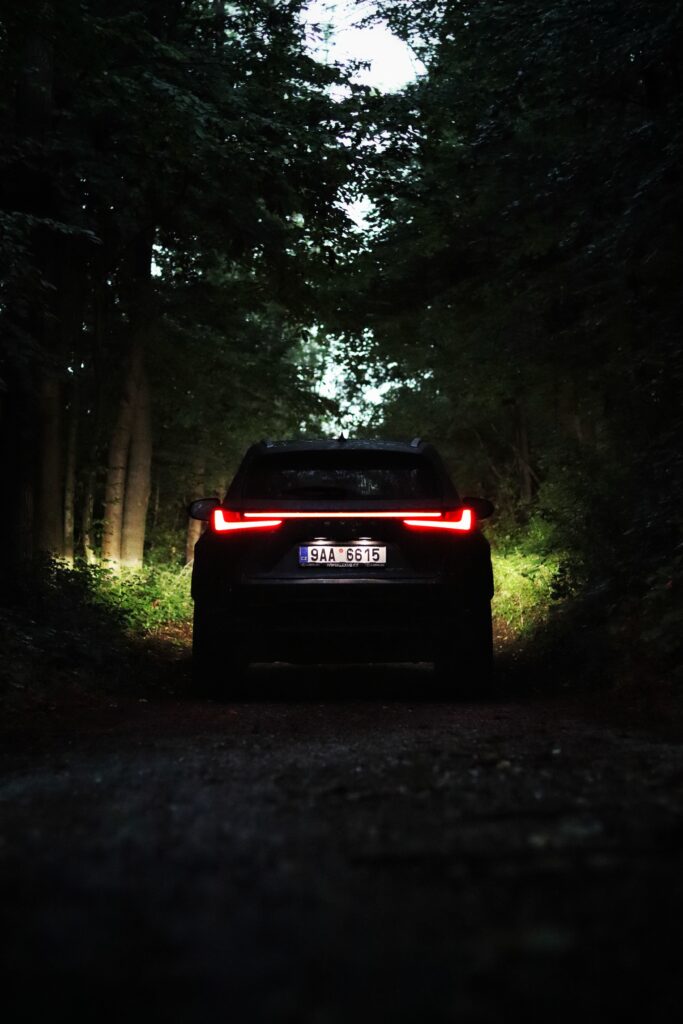
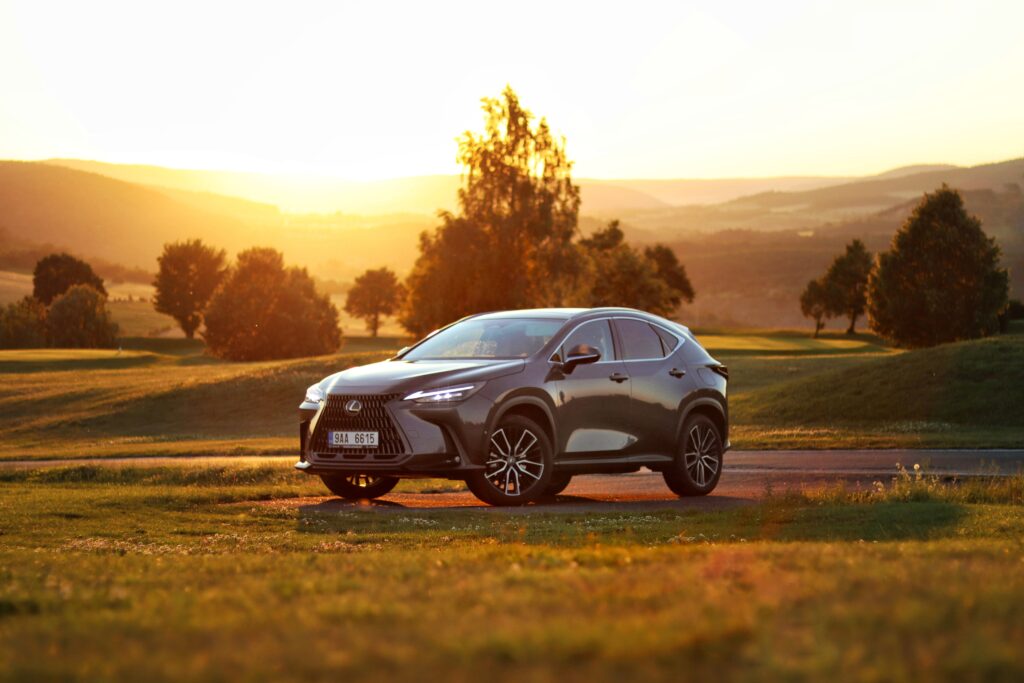
Author Ondřej Hrudka
Nezapomenutelné zážitkové jízdy ve sportovních autech a půjčovna legendárních motorek.
Bontex2 s.r.o.
Pod Turnovskou tratí 18
Praha 9, 198 00
IČ: 14285991
Tel: +420 602 444 244
Email: info@legendyuvas.cz
Pobočka Radouš
Radouš 34, 267 24 Hostomice pod Brdy


